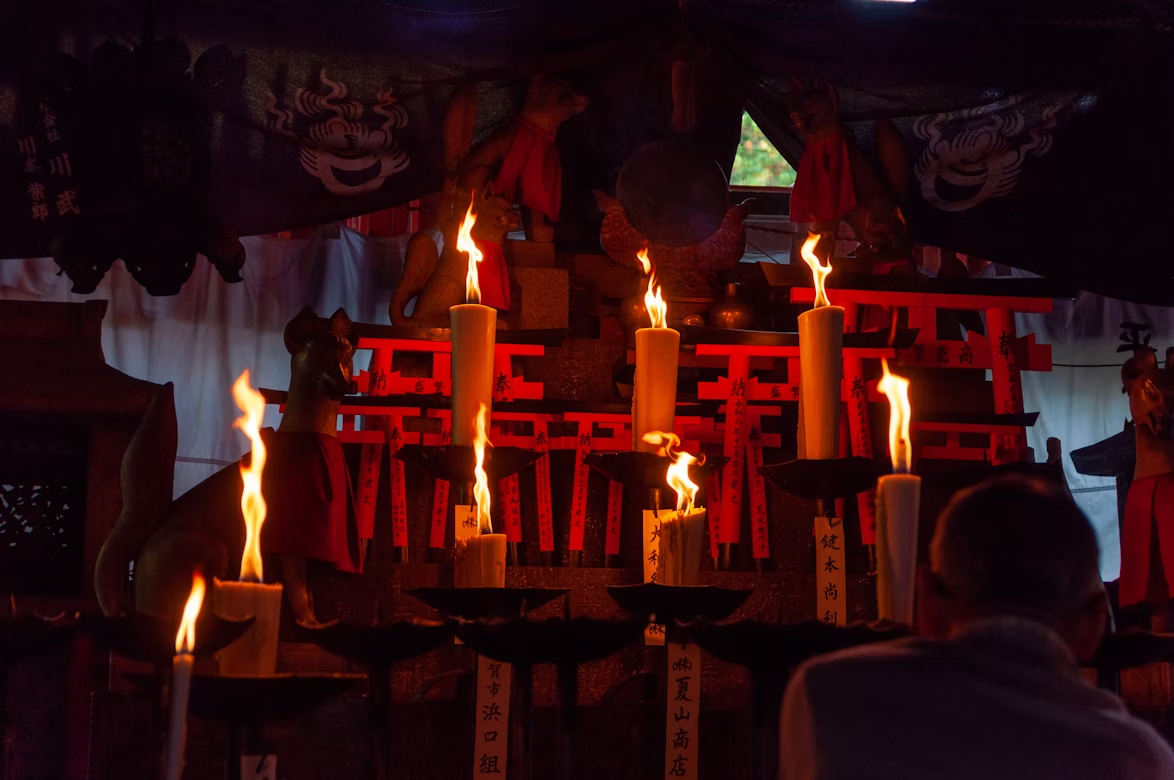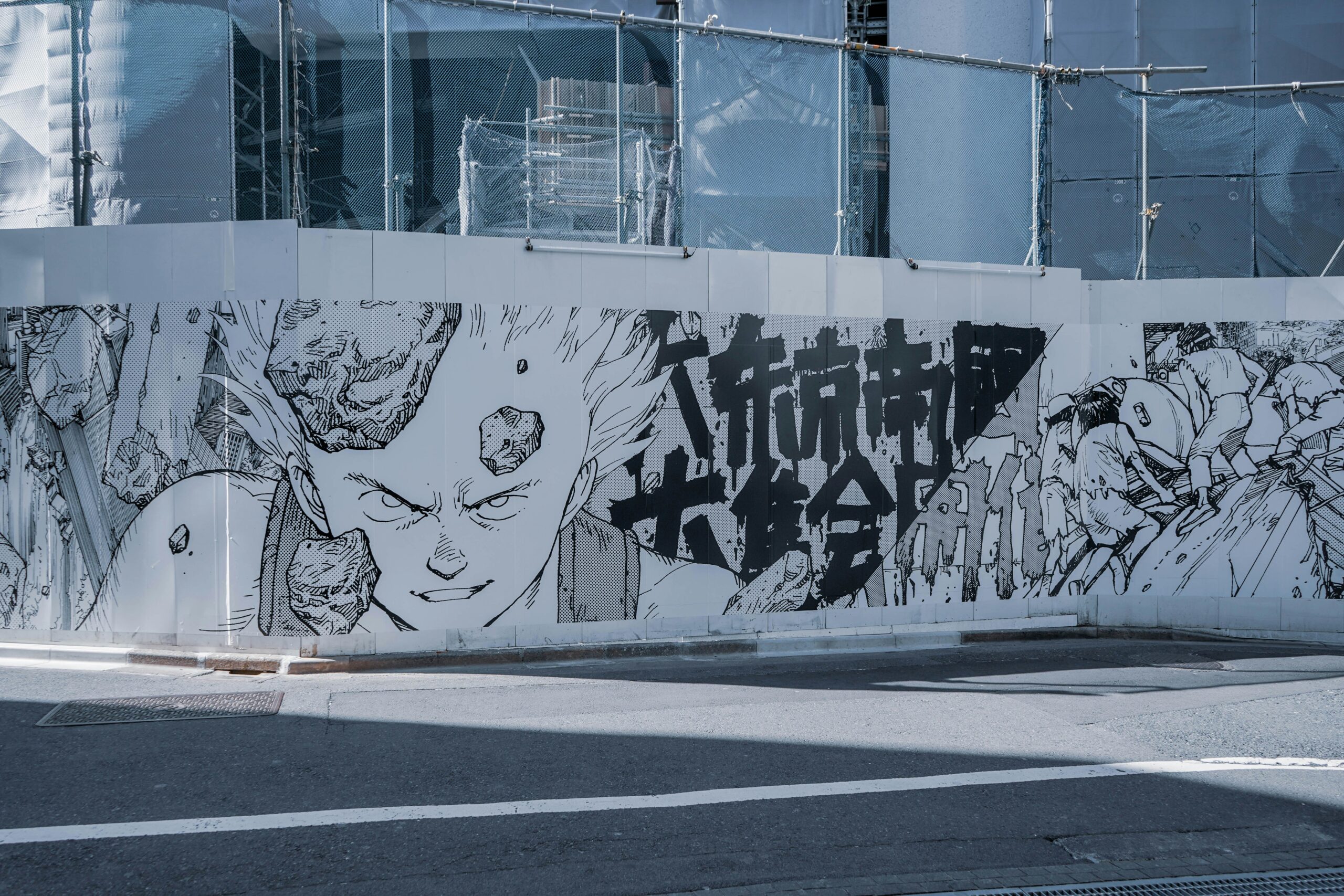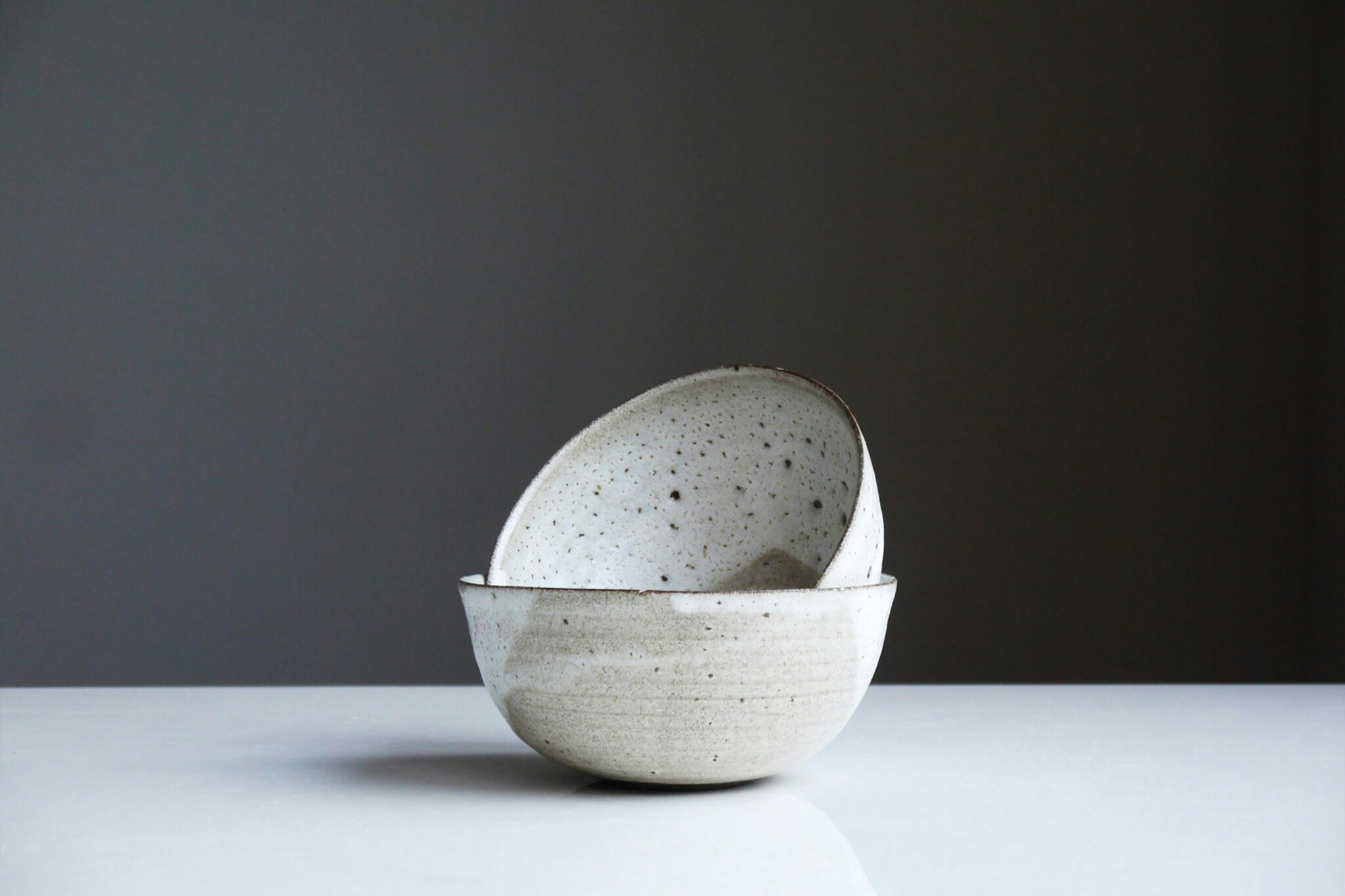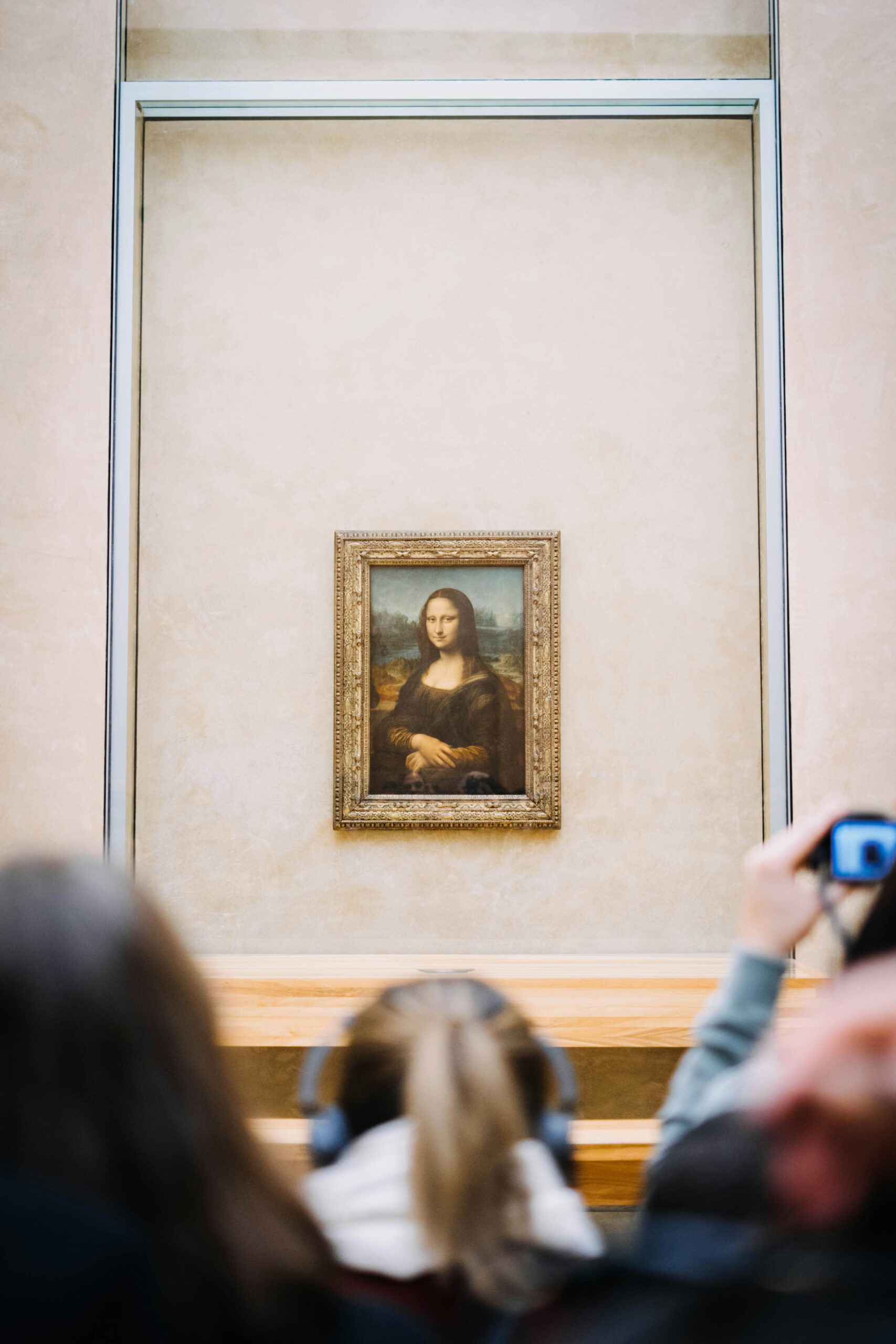Fireworks, the sound of cicadas, mountain hikes… Japan has many summer traditions, but one evening-specific one that shouldn’t be overlooked is kaidan, or ghost stories. From daring night walks to horror films, Japan has long embraced a unique culture of ‘finding chills to cool down.’ Among these, kaidan is something almost everyone has either heard – or perhaps even experienced – at least once. Don’t worry, though: this article isn’t here to scare you. Instead, we’ll explore how kaidan has been deeply intertwined with the world of art.
It’s Kaidan Season
Leading the modern boom in kaidan storytelling with his signature catchphrase, ‘Scary, scary…,’ Junji Inagawa helped bring ghost stories into contemporary popular culture. Even today, kaidan remains a beloved genre by wide generations. NHK’s new morning drama series Bakebake, airing from this September, shows the life of Lafcadio Hearn (Koizumi Yakumo), who studied kaidan in the Meiji era, and his wife Setsu. On YouTube, horror-themed content – from ghost stories to the occult – is among the most popular genres, and podcasts also feature numerous horror programs. Television shows, from Really Scary Stories to mockumentary-style programs like TXQ FICTION (TV Tokyo) or quiz formats such as The Scariest Answers in the World, demonstrate how interpretations of ‘fear’ continue to expand. Meanwhile, horror films, novels, and manga flourish, and magazines routinely feature horror and kaidan specials. Today, kaidan has firmly established itself as a major pillar of pop culture.
Is Kaindan an art?
While we’ve framed kaidan as pop culture, Japan’s art history is practically full of terrifying, ghostly imagery. The renowned ukiyo-e artist Kuniyoshi Utagawa, for example, depicted a scene from the story Zenchian Katachūgi Den in his work Sōma no Furudairi (c. 1845), showing the daughter of Taira no Masakado summoning a giant skeletal yōkai.

Another striking figure is Maruyama Ōkyo, the founder of the Maruyama school in Edo, celebrated for his lifelike, observational style. His work Ghosts captures the supernatural with a realism that is both haunting and mesmerizing.

In Japan, many works of art draw inspiration from folk beliefs, 18th-century tales such as Ugetsu Monogatari and Yotsuya Kaidan, and the ghostly paintings of Edo-period artists. Across Japanese painting and ukiyo-e, artists explored stories, forms, imagination, and emotions like fear and sorrow. The realms of the underworld, the spirit world, and the supernatural – the concept of ayakashi – were ever-present in the Japanese imagination, serving as a rich source of artistic inspiration.
In the Meiji era, Lafcadio Hearn, a.k.a. Koizumi Yakumo, who collected ghost stories, strange tales, and folk legends from across Japan, famously called his books on kaidan ‘my treasures.’ He compiled stories such as ‘Mimi-nashi Hōichi,’ ‘Rokurokubi,’ and ‘Yuki-onna’ into literary works, earning him the title of the father of Japanese horror. With the morning drama airing, it’s the perfect time to dive into his writings. Viewed across history, it becomes clear that kaidan isn’t just a passing trend, but it’s long been one of the most powerful forms of storytelling, consistently captivating people’s imaginations in the history.
Folktales, legends, and myths scattered across Japan – stories that stir fear and sorrow, and conjure mysterious worlds. If art is the expression of emotion, thought, and creativity, then Japanese-style ‘horror’ long ago transcended the boundaries of mere storytelling, reaching a realm that can truly be called artistic.
Japanese Kaidan Go Global
Such ghost stories, when viewed in the context of the present, have expanded into a wide range of creative genres. The rise of horror manga definitely cannot be overlooked. This year, Junji Ito – one of the leading masters of modern horror manga – was honored with the Eisner Award, referred to as the “Academy Award of comics” in the United States. Known for works such as Uzumaki and the Tomie series, he also had a collection adapted into the Netflix anime Junji Ito Maniac: Japanese Tales of the Macabre last year. Even global pop icon Jimin of BTS has named him among his favorite authors, a testament to Ito’s far-reaching influence.
Junji Ito’s spiritual forebear is none other than Kazuo Umezu – a true pioneer of Japanese horror. His passing earlier this year made headlines, but his legacy remains immense. From early classics like Cat-Eyed Girl and Snake Woman, Umezu built a universe where terror and sly humor coexist, shaping generations of artists to come. Never content to stay within the confines of manga, he directed the feature-length horror film Mother and earned international recognition with the prestigious Heritage Award at France’s Angoulême International Comics Festival. More recently, his artistic vision was further sharpened through Kazuo Umezu: The Great Art Exhibition, which reimagined his manga as fine art – an event still fresh in the public memory.

At the American Eisner Awards, alongside Junji Ito, Shigeru Mizuki was also inducted into the Hall of Fame. Known for works such as GeGeGe no Kitaro, Kappa no Sanpei, and Akuma-kun, he was a pioneer of yokai (Japanese folklore monsters) manga. His contributions were instrumental in embedding yokai culture into the consciousness of the Japanese people. His uniquely stylized and deformed characters have been widely used in various products, and even after his passing, his work continues to spread across the globe.

Japanese-style ghost stories continue to captivate audiences in the world of film. Ring (directed by Hideo Nakata), which was even featured in 1001 Movies You Must See Before You Die by Steven Jay Schneider, hardly needs an introduction – its popularity led to a Hollywood remake and helped ignite the global interest in Japanese horror. This wave paved the way for a number of masterpieces by renowned directors, including Audition by Takashi Miike, Ju-on: The Grudge by Takashi Shimizu, and Pulse by Kiyoshi Kurosawa.
More recently, Ju-On: Origins, a drama series directed by Sho Miyake – who also won the top prize, the Golden Leopard, at this year’s 78th Locarno International Film Festival for Travel and Days – has left a remarkable impression. All of these works are known for their high quality, deeply rooted in the uniquely Japanese sense of darkness and melancholy, and are rich in originality.
We also can’t overlook ghost stories born on the internet. One striking example is the eerie image that became famous as “SCP-173,” originally created and shared by users on English-speaking online communities like 4chan. This unsettling figure quickly gained attention through its creepy backstory. Interestingly, the image is actually a sculpture titled Untitled 2004 by Japanese artist Izumi Kato.
Though completely unrelated to the artist’s original intent, the sculpture became associated with internet urban legends and occult lore, highlighting a strange and fascinating intersection between contemporary art and modern ghost stories.
Another notable example of a Japanese horror story that has achieved global reach is The Strange House (Hen na Ie) by web writer Uketsu. Originally published in 2020 as a piece of mystery fiction, the story was presented in the style of a non-fiction investigative report. Its unique format and eerie premise quickly gained attention, and the YouTube adaptation has since amassed over 25 million views.
The story has since been adapted into a live-action film and a manga, and translated editions have been published in 30 countries and regions across North America, Europe, South America, and Asia. It has become a worldwide hit, showing how Japanese horror, even in its modern, internet-born forms, continues to resonate with audiences as an international hit across the globe.
”Scary, but fun.”
It’s a seemingly pretty contradictory concept, yet that’s exactly what makes this culture so uniquely compelling. It offers a kind of thrill and enjoyment that can’t be replaced by anything else. Perhaps that’s why kaidan, horror content more broadly – continues to captivate people even in today’s modern society.
So if you ever find yourself drawn to a new piece of art, and the reason is simply that “it gave me chills” or “it scared me”, that alone can be a perfectly valid, and fascinating, reason to explore it.
Lafcadio Hearn, known in Japan as Koizumi Yakumo once wrote:
To the foreign traveler, only the old is new, and only that can truly capture the heart.
Old things are new. This reversal of value and the perspective of finding novelty in the past isn’t just a matter of aesthetic appreciation; it closely mirrors the appeal of kaidan, where fear and uncertainty are not simply avoided, but embraced and even enjoyed.
Rather than shrinking from anxiety, fear, or the unknown, kaidan invites us to engage with it – playfully, curiously, and imaginatively. In a world that continues to face uncertainty, this mindset may become ever more valuable. The potential of kaidan is not locked in the past, but it surely opens wide toward the future.
So perhaps it’s time we, too, set out as travelers into the unknown. Drawn by a quiet fascination, let us explore the worlds of ghost stories and horror – gateways to the strange, the eerie, and the profoundly human.






